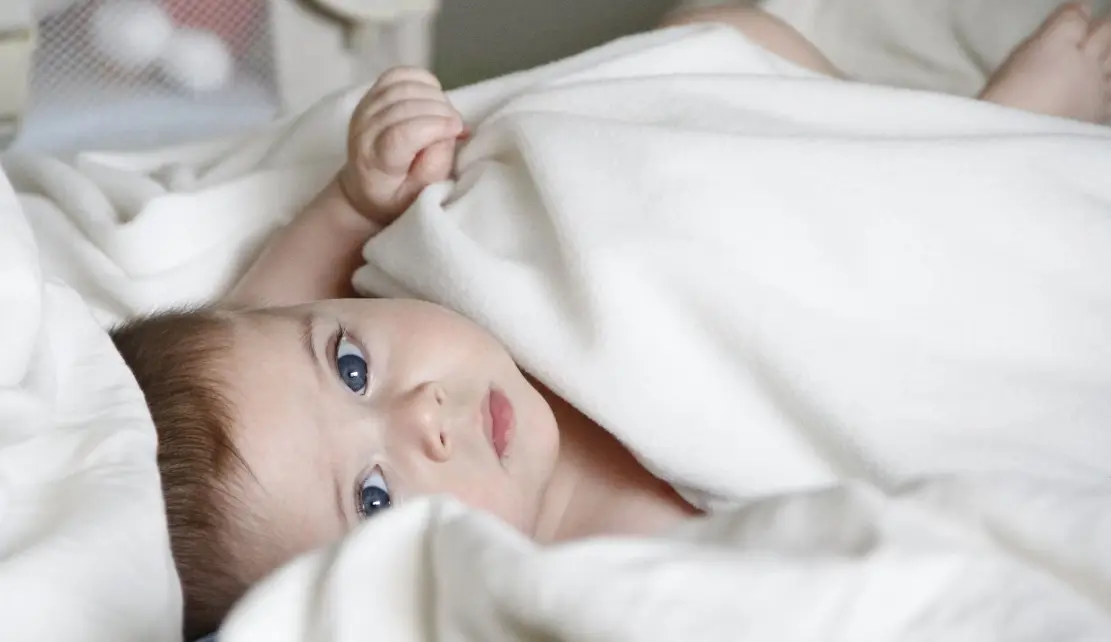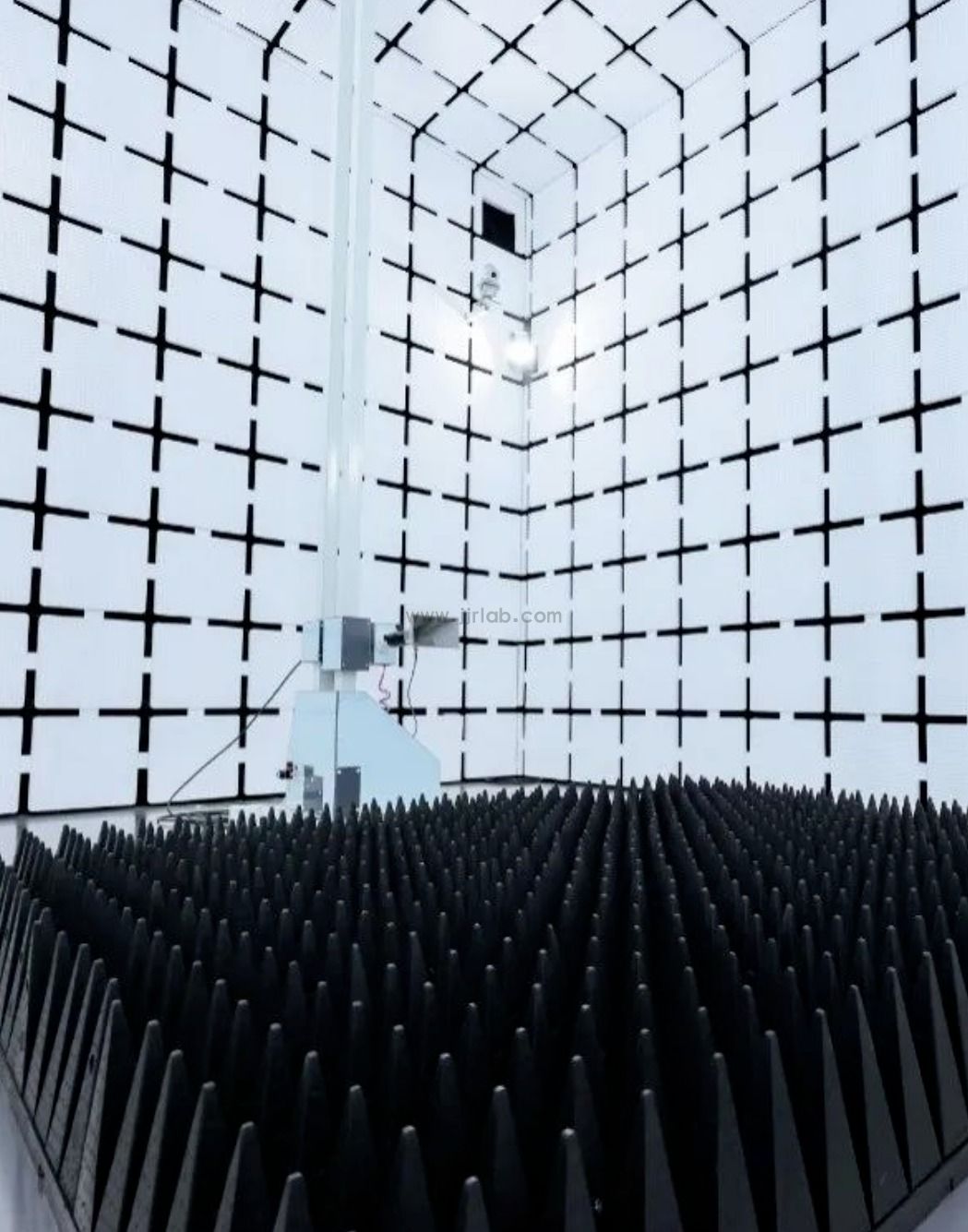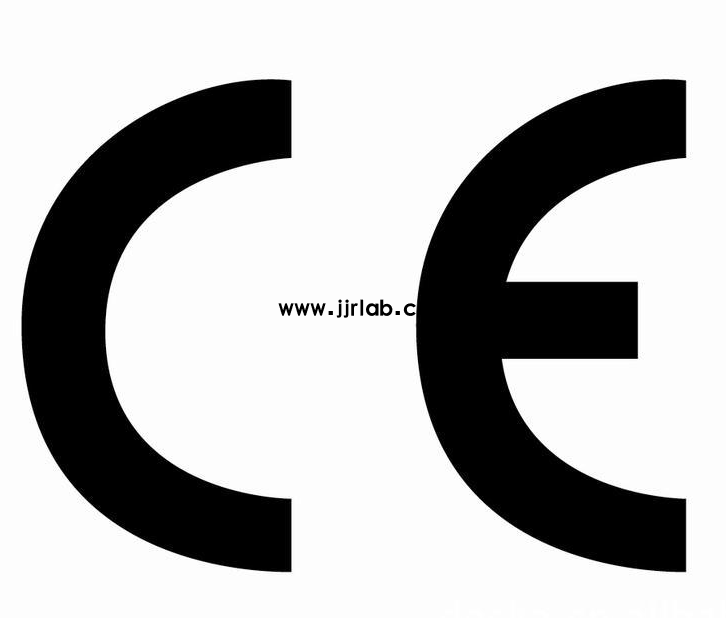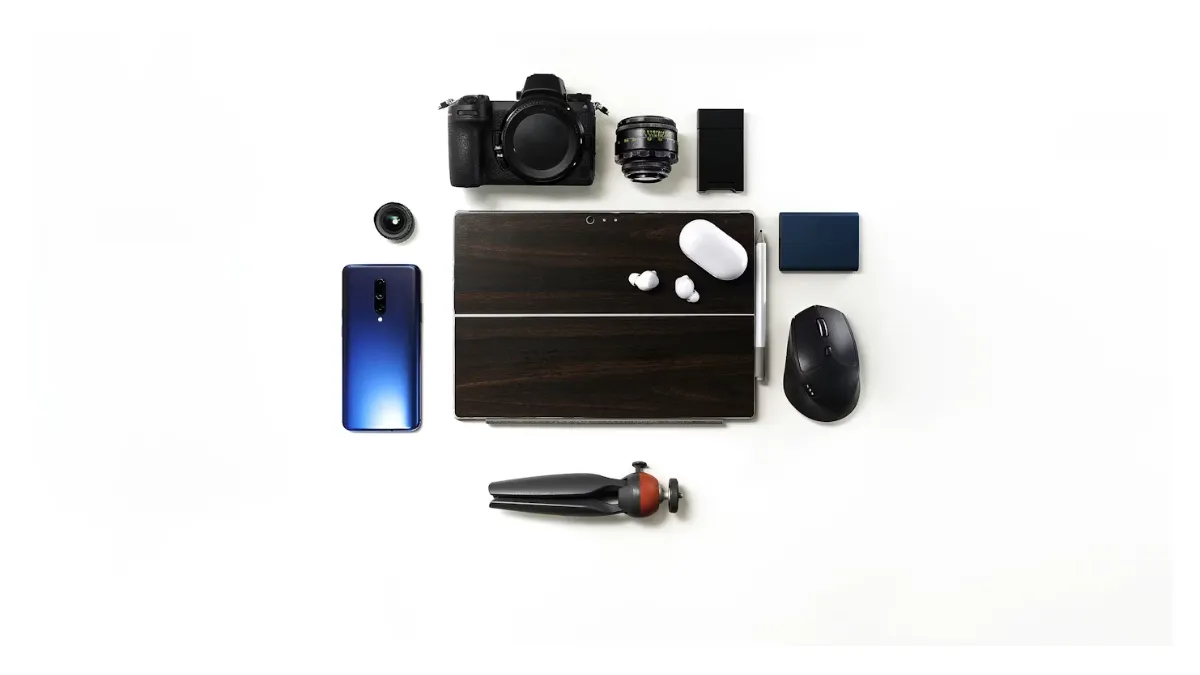
What is the 16 CFR Part 1511 Pacifier Test?
Federal law mandates that pacifiers must comply with the Pacifier RegULations (16 CFR Part 1511) and other requirements, including the 2008 Consumer Product Safety Improvement Act (cpsia).
Manufacturers and importers of pacifiers must certify in a Children's Product Certificate (CPC) that pacifiers meet the Pacifier Regulations, relevant sections of ASTM F963, and other applicable requirements based on product structure.

Applicable Standards
- 16 cfr 1511 - Requirements for Pacifiers
- ASTM F963 - Standard Consumer Safety Specification for Toy Safety
What is a Pacifier?
According to the U.S. Consumer Product Safety Commission (CPSC) Pacifier Regulations, a pacifier is an item consisting of a nipple-like shape for an infant to suck on, but not designed to provide liquid. It typically includes a guard or shield and a handle or ring.
- Guard or Shield: A structure at the base of the nipple shape, designed to prevent the pacifier from being completely drawn into the child's mouth.
- Handle or Ring: A structure near the guard or shield, used for holding or grasping the pacifier.
- Hinged Handle or Ring: A handle or ring that can freely rotate around an axis parallel to the guard or shield plane.
Note: Pacifier clips are not consideRED "pacifiers" but must comply with separate children's product safety requirements, discussed later in the FAQs. Additionally, pacifiers cannot be sold or distributed with ribbons, cords, straps, chains, twine, leather, yarn, or similar attachments.
What is the Purpose of the Pacifier Regulations?
The purpose of pacifier regulations is to prevent infants from choking or suffocating on pacifiers. The regulations require:
1. Pacifiers to remain intact after certain tests
2. Design and construction of pacifiers to include protective measures or guards that prevent them from entering an infant's mouth and blocking the throat
What are the Requirements for Pacifiers?
The primary requirements for pacifiers include:
- Guard or Shield: Performance requirements ensure the pacifier’s guard or shield prevents the entire pacifier from being swallowed while allowing adequate ventilation.
- Protrusion Limit: This test prevents a pacifier from being forcefully pushed into a baby’s mouth if they fall.
- Structural Integrity: Tests simulate real-world use and abuse to ensure pacifiers do not physically break, preventing choking hazards from small parts.
- Prohibition of Attachments: Pacifiers cannot be sold or distributed with ribbons, cords, straps, chains, twine, leather, yarn, or similar attachments.
- Labeling: All pacifiers must bear the warning:
"WARNING – DO NOT TIE PACIFIER AROUND CHILD’S NECK AS IT PRESENTS A STRANGULATION HAZARD."
What Additional Requirements Must Pacifiers Meet Under ASTM F963?
In addition to complying with 16 CFR Part 1511, pacifiers must meet applicable requirements of the ASTM F963 U.S. Toy Standard, specifically:
- Section 4.20: Rubber pacifiers must comply with the ASTM F1313 nitrosamine requirements.
- Section 4.20: Additional requirements for pacifiers sold with or as part of toys.
- Section 4.3.5: Compliance with heavy element restrictions.
Are There Regulations for Pacifier Clips?
According to 16 CFR §1511.6, pacifiers cannot be sold or distributed with ribbons, cords, straps, chains, twine, leather, yarn, or similar attachments.
For such products, CPSC staff recommends the clip length be no longer than necessary for normal operation, preferably not exceeding 7-8 inches.
Pacifier clips must also comply with:
- CPSIA requirements
- 16 CFR Part 1501 (Small Parts Regulations)
- Usage and abuse tests outlined in 16 CFR §1500.51 & §1500.52
What Additional CPSIA Requirements Apply to Pacifiers?
Pacifiers must comply with various CPSIA requirements, including:
- Surface Coating Limitations: Pacifiers cannot use paint containing more than 0.009% (90 ppm) lead.
- Lead Content Restrictions: Any accessible component of the pacifier cannot contain more than 100 ppm (0.01%) total lead.
- astm f963-17 Toy Standard:
- Compliance with ASTM F963 Section 4.20 and ASTM F1313 nitrosamine content limits.
- Compliance with ASTM F963 Section 4.3.5 heavy metal restrictions.
- Phthalate Content Limits: Pacifiers cannot contain more than 0.1% of the following 8 specific phthalates:
- DEHP (Di(2-ethylhexyl) phthalate)
- DBP (Dibutyl phthalate)
- BBP (Benzyl butyl phthalate)
- DINP (Diisononyl phthalate)
- DIBP (Diisobutyl phthalate)
- DPENP (Di-n-pentyl phthalate)
- DHEXP (Di-n-hexyl phthalate)
- DCHP (Dicyclohexyl phthalate)
- Testing and Certification:
- Pacifiers (like all children's products designed for children under 12 years old) must be tested by a CPSC-accredited third-party laboratory to ensure compliance with pacifier regulations and other applicable children’s product safety rules.
- Based on the test results, domestic manufacturers (or importers) must issue a Children’s Product Certificate (CPC) listing each applicable rule and confirming compliance.
- Tracking Labels:
- Pacifiers must have tracking labels or permanent distinguishing marks on both the product and packaging.
- These labels must include basic information such as the product’s origin, manufacturing date, and batch or run number.
The U.S. market has a huge demand for infant and toddler products, but regulations on these products are strict. JJR Lab in China offers certification testing services for compliance.
Email:hello@jjrlab.com
Write your message here and send it to us
 How to Test IP68 Rating
How to Test IP68 Rating
 Differences Between FDA and LFGB for Food Contact
Differences Between FDA and LFGB for Food Contact
 Process and Precautions for Amazon CPC Certificate
Process and Precautions for Amazon CPC Certificate
 E-mark Certification Testing Service Laboratory
E-mark Certification Testing Service Laboratory
 Amazon ISO/IEC 17025 UL Testing Service Laboratory
Amazon ISO/IEC 17025 UL Testing Service Laboratory
 How to get CE Certification for Lighting Products?
How to get CE Certification for Lighting Products?
 CE Certification Standards & Process for Elect
CE Certification Standards & Process for Elect
 Japan METI Registration & Japanese Agent Servi
Japan METI Registration & Japanese Agent Servi
Leave us a message
24-hour online customer service at any time to respond, so that you worry!




